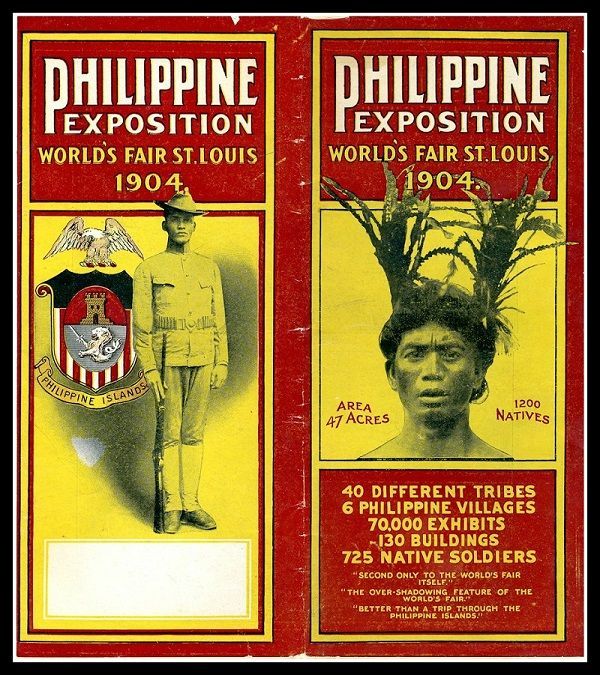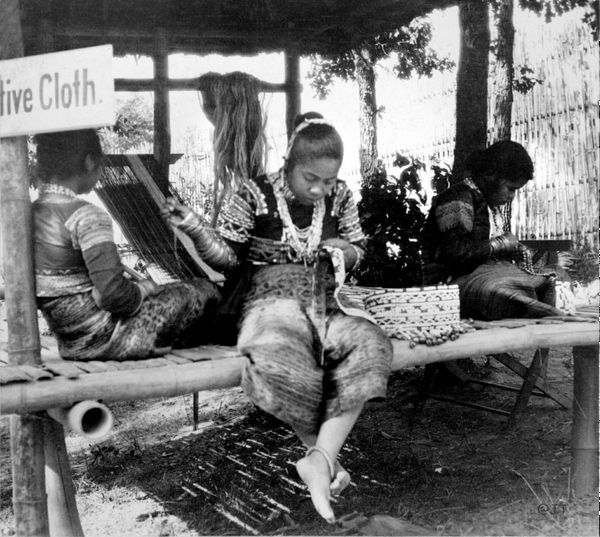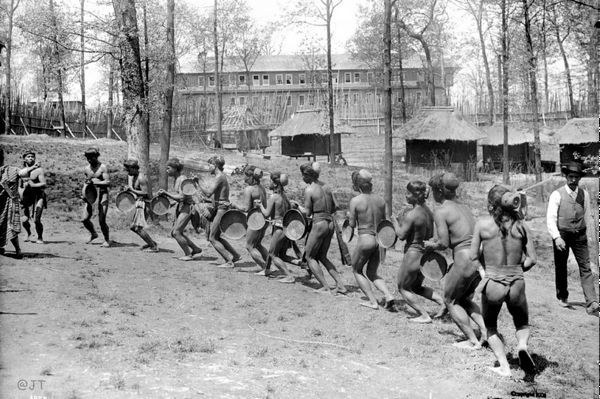CHAPTER
01
Seeking new horizons
Whether they stowed away or paid their own way, Filipinos have been drawn to Washington's waterways since the territorial days.
In 1883, the first documented Filipino worked in the famous Port Blakely lumber mill on Bainbridge Island. He was simply listed and referred to as "Manilla."
Just over a decade later, Spain sold its former colony, the Philippine Islands, to the United States at the close of the Spanish-American War. With the signed Treaty of Paris in November 1898, the Philippines became America's first overseas colony. Filipinos were now considered American "nationals" who could come to the U.S. without a passport, sparking an early wave of immigration.
The Port Blakely Lumber Mill on Bainbridge Island, pictured in 1882, employed the first documented Filipino immigrant in Washington State. Lumber mills were built next to shipyards and ports to allow for easy transportation of timber.
Image courtesy of MOHAI, SHS12507.
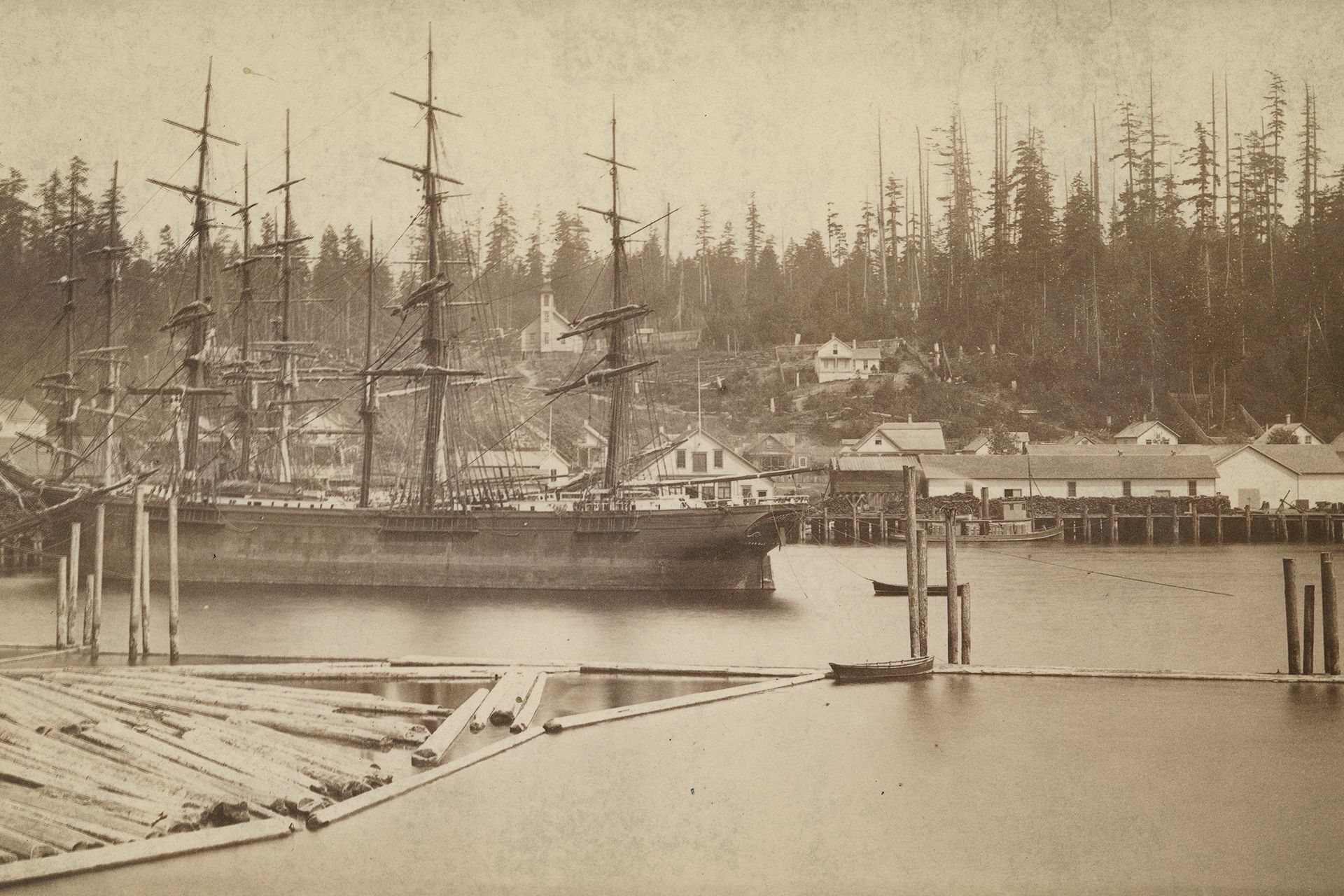
Pensionados
Many Filipinos came to the U.S. to join the Navy or to work. Others came to study at American universities. The American government gave some Filipino students, known as pensionados, scholarships to pursue higher education. By 1910, pensionados were arriving in Seattle to attend the University of Washington and other schools across the country.

LAYING CABLE IN ALASKA
From 1903-1905, the U.S. hired a crew of skilled Filipino workers to lay underwater communication cables, establishing a vital link from southeast Alaska to Seattle and the lower 48 states. These men had honed their skills in the Philippines where they had been trained to lay underwater cable to aid the American military during the Philippine-American War. Many of them settled along the West Coast after their work was finished.
Image courtesy of University of Washington Libraries, Special Collections, UW 7372.
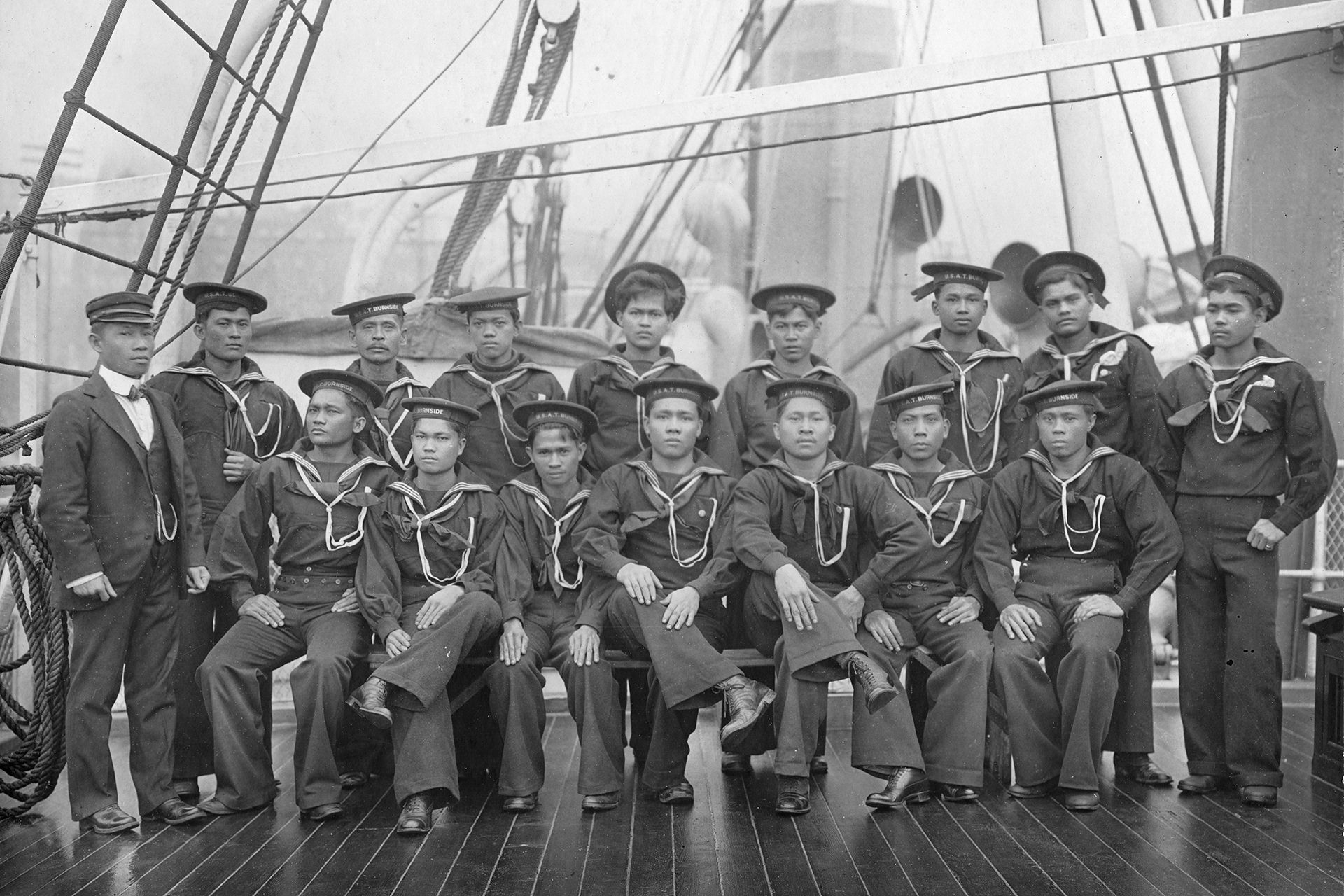
skilled laborers
Diane Rodill shares the story of her father Dionisio Rodill, who grew up in Manila. Dionisio ran away in late December 1908 as a 14-year-old deck boy, arriving in Seattle in early January 1909 on the U.S. Army Transport Dix. . The ship manifest identified—among other things—Filipinos on their way to Alaska to repair cable.
Many early immigrants from the Philippines found employment in the booming lumber mills of Washington State. Workers at mills like the Schafer Brothers Logging Co. in Montesano, pictured here, loaded lumber onto ships bound for California and beyond.
Image courtesy of University of Washington Libraries, Special Collections, C. Kinsey 3836.
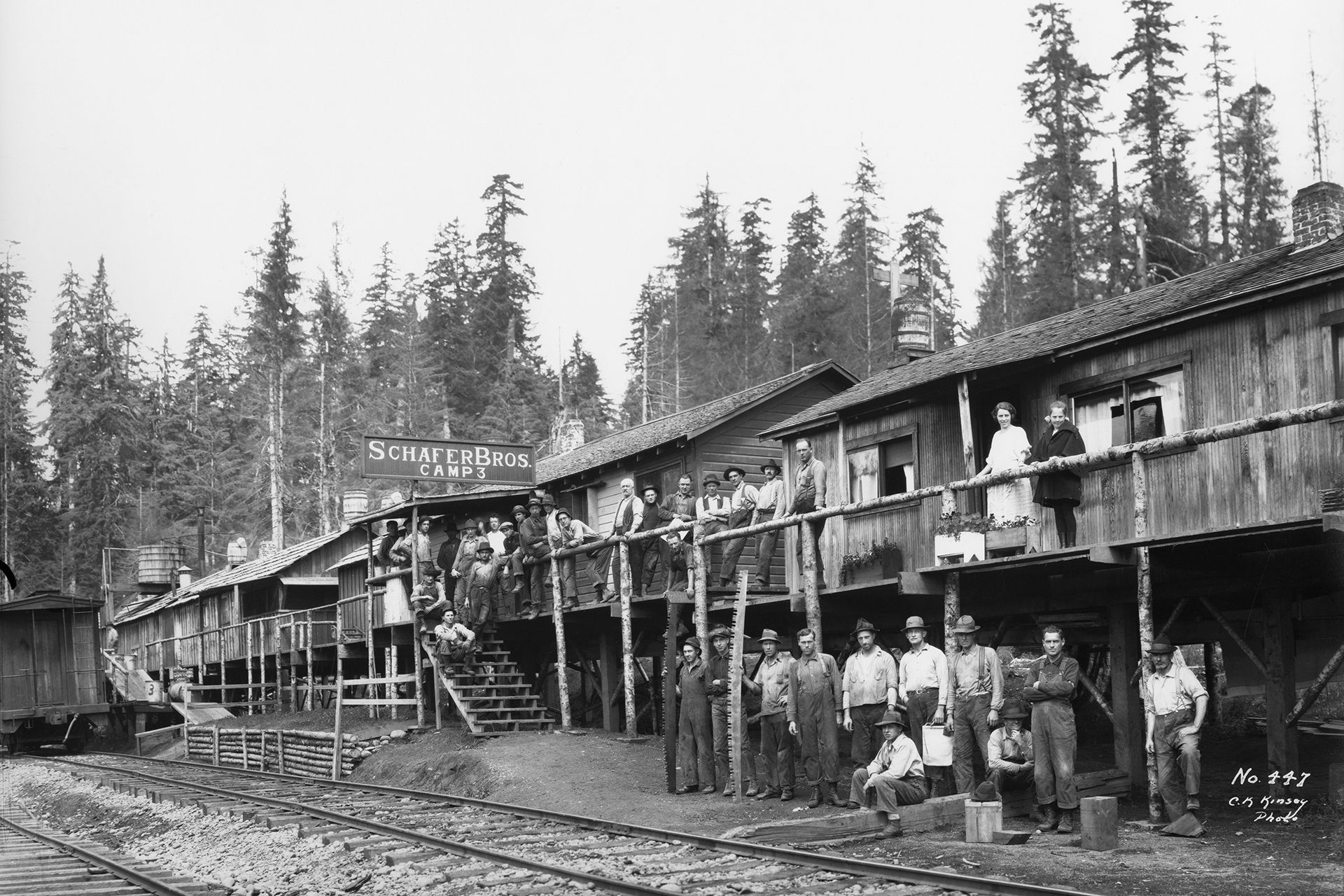
Filipino immigrants studying English at the Tacoma Community House, circa 1920s.
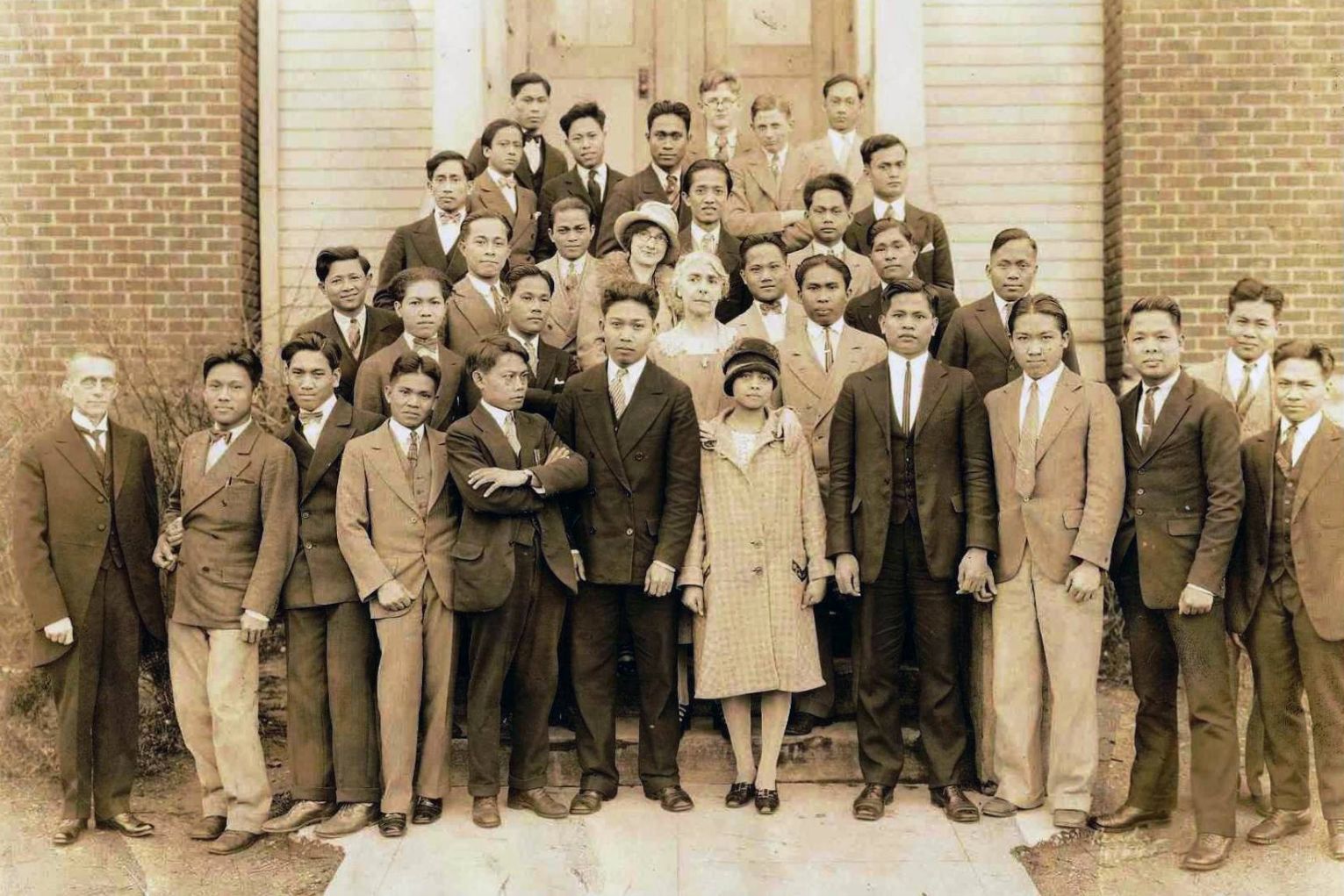
filipinos on a world stage
At the 1904 Louisiana Purchase Exposition—better known as the St. Louis World’s Fair—one of the most popular venues was the huge Filipino Village. More than 1000 Filipinos representing six different tribes entertained and titillated the imaginations of fairgoers. On April 4, 1904, the Filipino participants for the Fair arrived in America aboard two large ships—the Tremont and the Shamut—which docked on the Tacoma waterfront.
